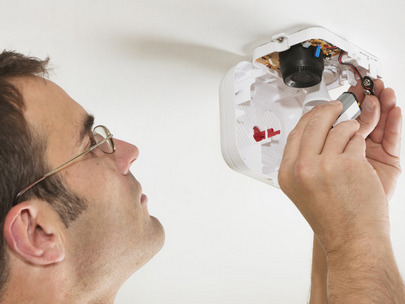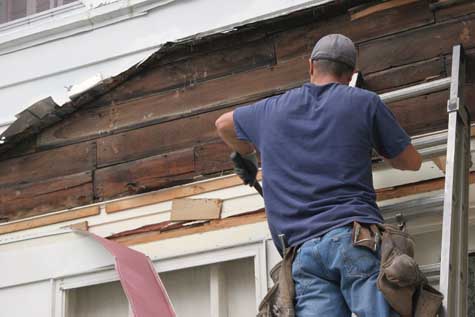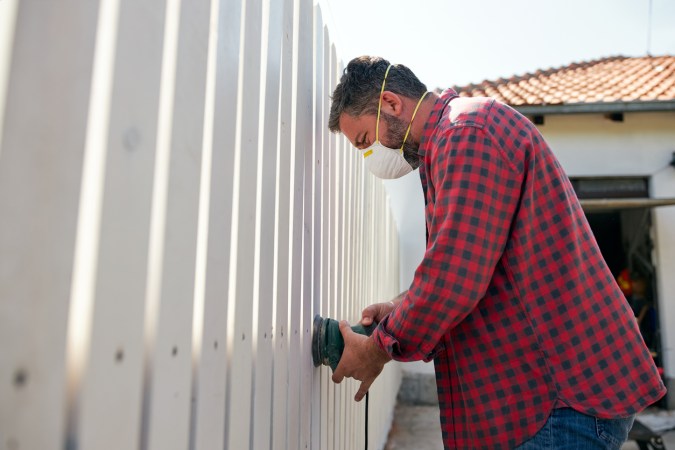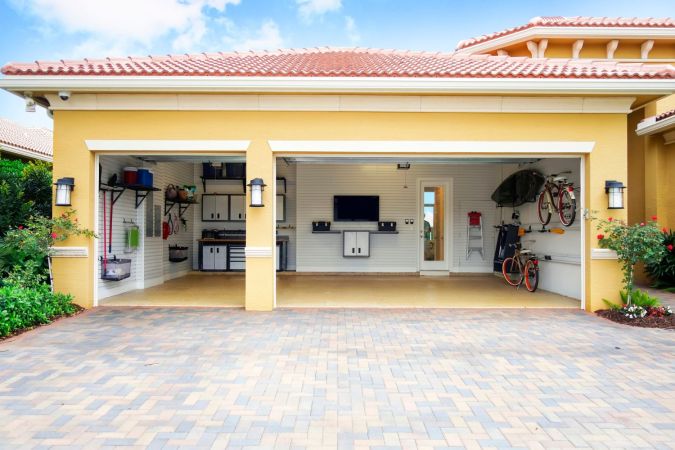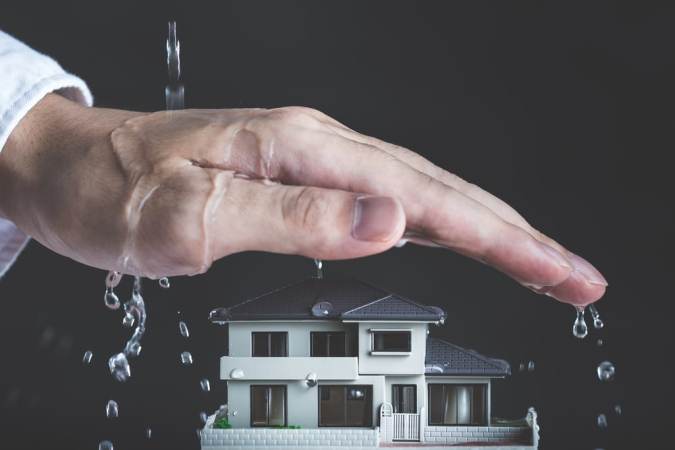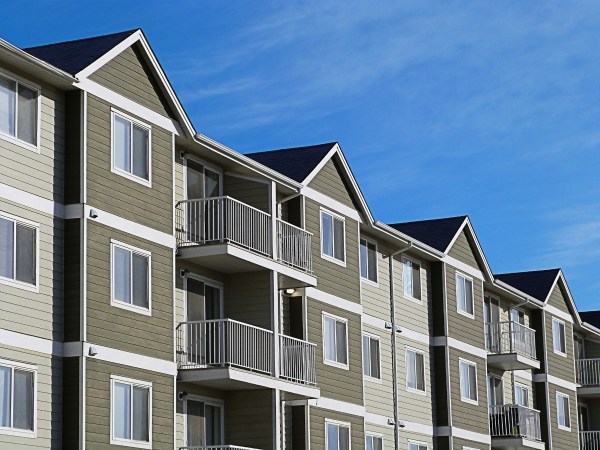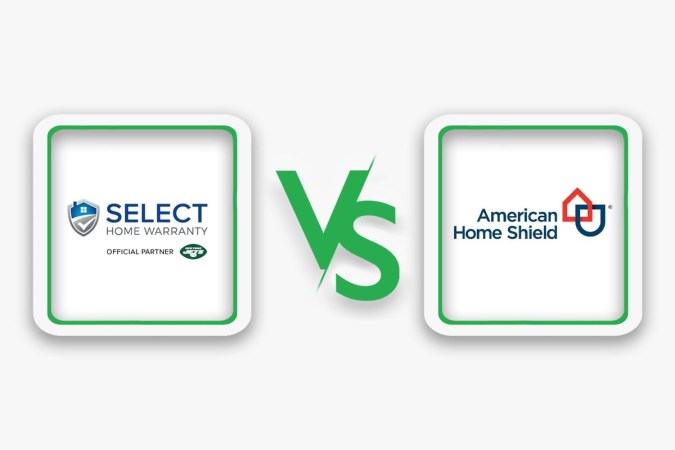We may earn revenue from the products available on this page and participate in affiliate programs. Learn More ›
Q: I had no idea I had termites in the house, and the need for repair is extensive; they’ve destroyed my floors and even some furniture! Now my agent says my homeowners insurance won’t cover the damage. Is this true?
A: Unfortunately, your agent is correct in saying that homeowners insurance typically doesn’t cover termite damage; termite infestations are considered preventable with homeowner diligence. Once the damage is done, there’s not much a homeowner can do other than invest in preventive measures for the future. However, in certain cases, homeowners insurance may provide coverage—but these cases tend to be both extreme and specific.
Standard homeowners insurance policies typically do not cover termite damage (or damage resulting from any other pest). Homeowners are responsible for preventing infestations.
Your homeowners policy is meant to cover damage caused by unexpected accidental events, whether it’s a tree that falls on the garage or a kitchen fire. It’s on homeowners to keep up with regular maintenance. And, especially for those living in warmer, more humid climates, checking for and preventing house termites should be a top priority on their maintenance checklist. Even if homeowners are surprised by the sudden damage resulting from a termite infestation, this scenario isn’t considered an “accident” as the termites were preventable with diligence and therefore falls under the responsibility of the homeowner.
In addition to regular inspections and maintenance, homeowners can look for signs of termites to catch a problem in its early stages. What are termites? There are three different types of termites: drywood, dampwood, and subterranean, but they all feed on cellulose material like wood and paper. Different conditions attract different types of termites. Moisture attracts dampwood termites, so keep water away from the house with steps like ensuring gutters are in working order. Repair leaky pipes, faucets, air conditioners, and deteriorating roof shingles. Look for evidence that these unseen creatures have taken up residence by examining all wood, including doorframes, cabinets and window panes, and tapping wood at the foundation to see if it sounds hollow. Wings lying on the windowsill and anything that looks like coffee grounds or sawdust in unexpected places should also raise alarm.
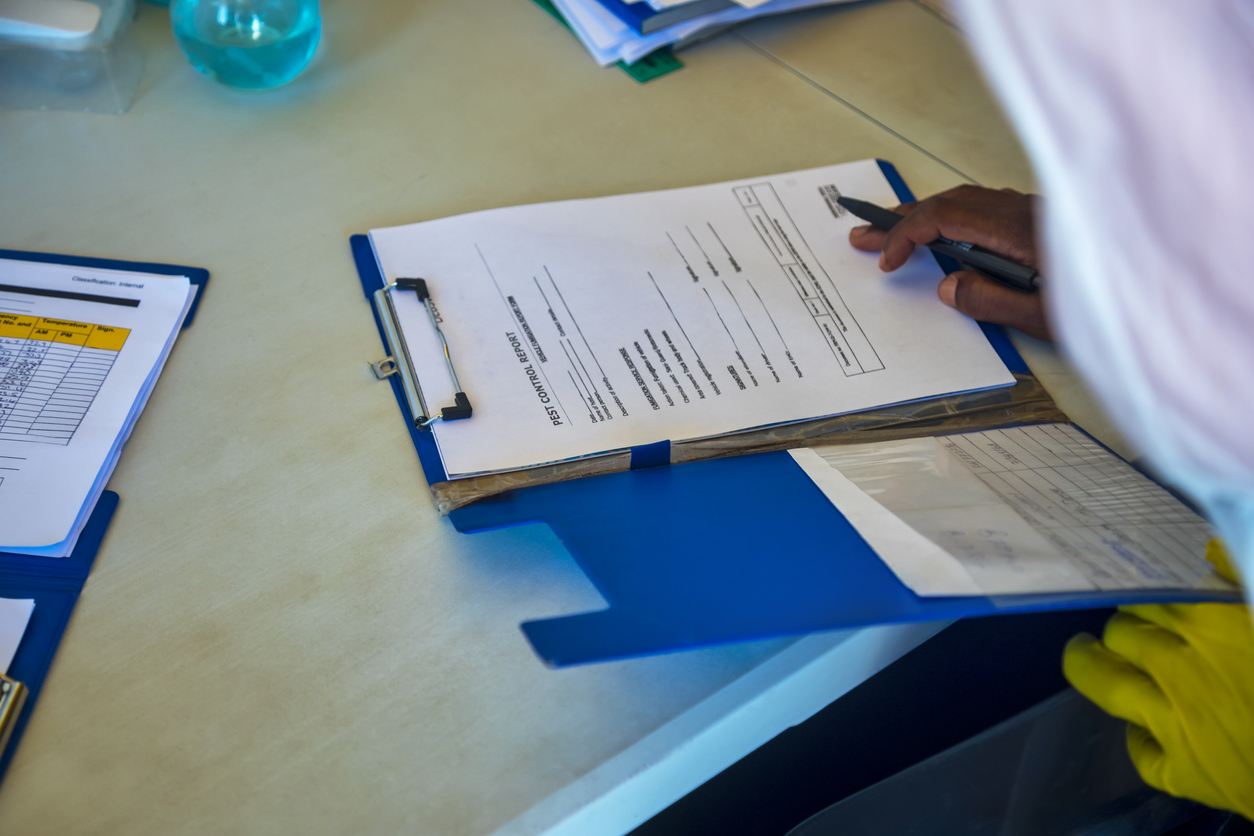
However, there may be some instances when homeowners can be compensated for fixing damage caused by termites.
While the initial answer to, “Is termite damage covered by insurance?” may be discouraging, a homeowner may have some luck when filing a termite-related claim. Whether a claim for repairing termites’ damage is accepted depends on the specifics of your policy. For instance, fire damage is commonly specifically stated as an event that the insurer will cover. If termites gnawed through wiring that started the fire, owners may be compensated for the fire-damaged items.
An accidental event like a fire is different, however, from damage that is gradual. Say, for example, a wood porch starts looking unusually worn and swollen from its original shape. An insurer will contend that the owners neglected this evidence of termites eating away at the porch, and that the owner should have addressed it. Any type of deferred maintenance that results in damage is due to owner negligence, and an insurer will contest that claim.
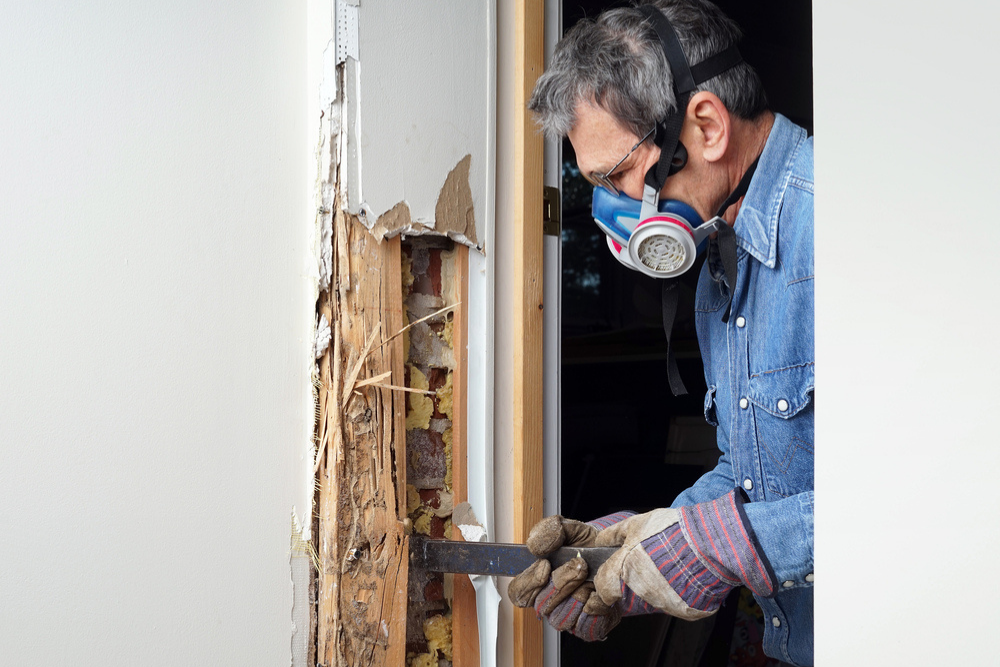
A sudden house collapse due to termite damage may be covered by homeowners insurance.
It’s an extremely rare event, fortunately, but termites may nest for years unnoticed in a home’s structural wood, eating away quietly. When there are no signs of termites, it can be challenging how to know how much damage termites have done. They may not attract notice until a home suddenly collapses; not just sagging or cracking, but actually falling apart and becoming completely uninhabitable.
Homeowners might be able to receive compensation up to their policy limit for the collapse, but they must prove that the infestation was hidden and completely unknown to them. Again, the specifics of what’s covered in the policy and for how much matter. Policy limits might not be enough to rebuild or purchase a similar home. Whether and how much an owner is compensated for damage to items inside their home, like furniture, or for medical bills resulting from injuries sustained in the event, also depends on policy specifics. And some policies may pay for more than repairs; an owner might be compensated for temporary housing costs if that’s spelled out in their policy.
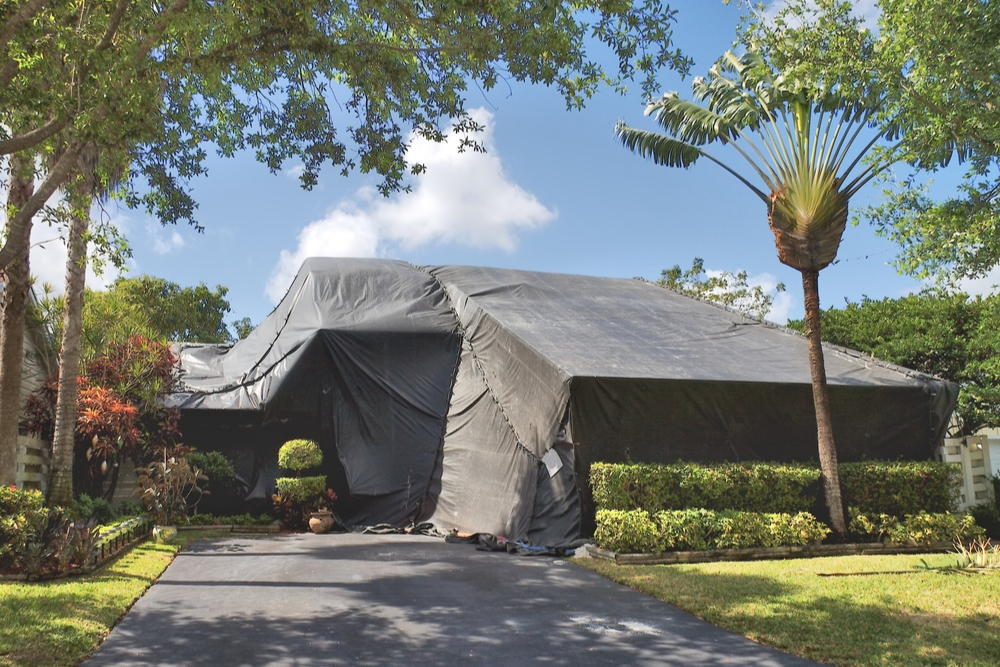
If a policy-covered risk or peril causes the termite infestation, you may receive compensation.
Homeowners may also have a valid claim for termite damage to be approved by their insurer if they can prove the root cause of their termite infestation was directly related to a “covered peril” in their policy, like wind or fire.
For instance, consider a burst pipe that creates a tempting moist environment for termites. If a homeowner can argue the termite damage is directly linked to the internal leak, the claim may be successful. Or, if a wind storm rips off some out-of-sight roof shingles, which is also a termite haven, the same logic holds. The wind is the root cause and is also a named peril covered by the homeowners insurance policy.
Consider regular termite inspections to avoid paying for repair after termite damage to your house.
Prevention is key when it comes to termites. Termite protection plan costs are fairly affordable (especially when compared with the cost of repairing damage), and annual inspections average between $50 to $280. Homeowners who are unfamiliar with termites (like those moving from a cold climate to a moist, warm location) can benefit from having an inspection and allowing a pro to show them all the places that might show evidence of these wood-eaters. Cabinets, ceiling beams, wallpaper, windowsills, and many other spots where wood or cellulose materials exist should be included on a checklist.
When an owner sells their home, the buyer’s mortgage lender may demand an inspection so that the property guaranteeing the mortgage isn’t at risk for termites. If a home seller neglected maintenance and termites are found during the course of the sale, the buyer and their mortgage lender may demand a termite bond or warranty, which covers future treatments to guarantee these critters are gone. Costing on average from up to $2,000, these bonds provide future treatments to keep termites at bay.
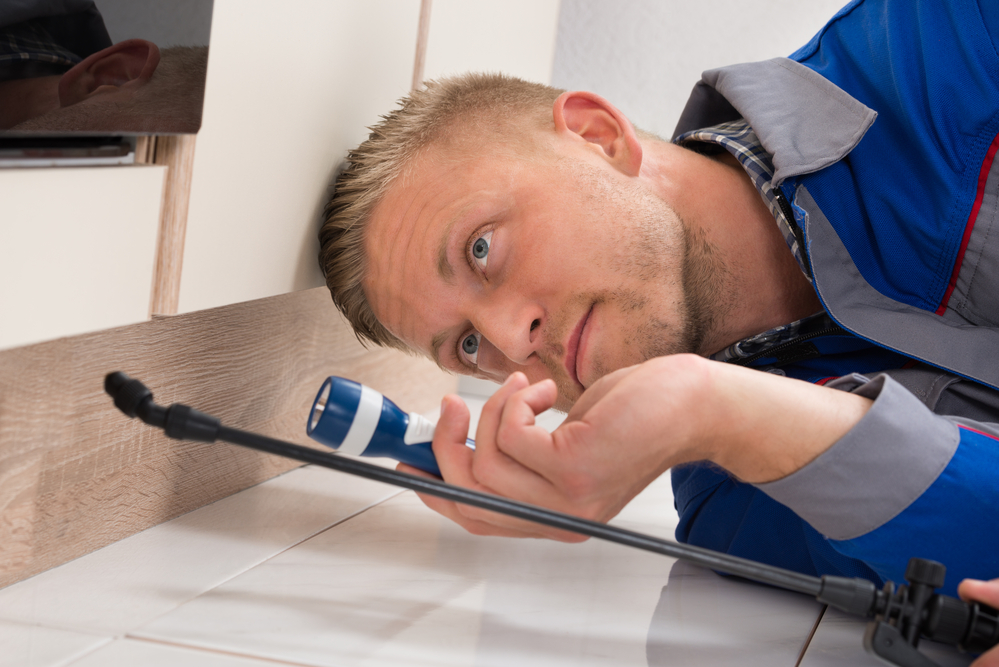
While termites may not be typically covered, the best home insurance companies can offer policies that fit your budget and needs.
With any insurance product, consumers want the premiums to be budget-friendly, and they may not initially worry too much about how complete the coverage is. But once a covered event occurs, the responsiveness of the insurance provider and the coverage in the policy is a paramount concern. Especially with homeowners insurance, policy details matter. Some policies are sold only through agents, and some are sold online. Chatting with an agent or representative and researching policy offerings can help narrow down policies that are affordable and meet your needs.

Picking the right policy from one of the best homeowners insurance companies involves looking for discounts as well as adequately covering your specific home. For instance, one way to lower premiums is to take a bigger deductible, but that’s a sound strategy only if a homeowner has liquid savings to tap into to pay the deductible amount. A number of insurers offer discounts when customers take out multiple policies, like auto and home. A home’s location also factors into the decision. Not every provider covers every state, and it can help to discuss the unique needs in your locale, especially when considering the question of “Does insurance cover termite damage?” Customer reviews and other rankings help narrow down reliable insurers. Owners who worry about termites can ask neighbors what experiences they’ve had presenting a claim with their company.

